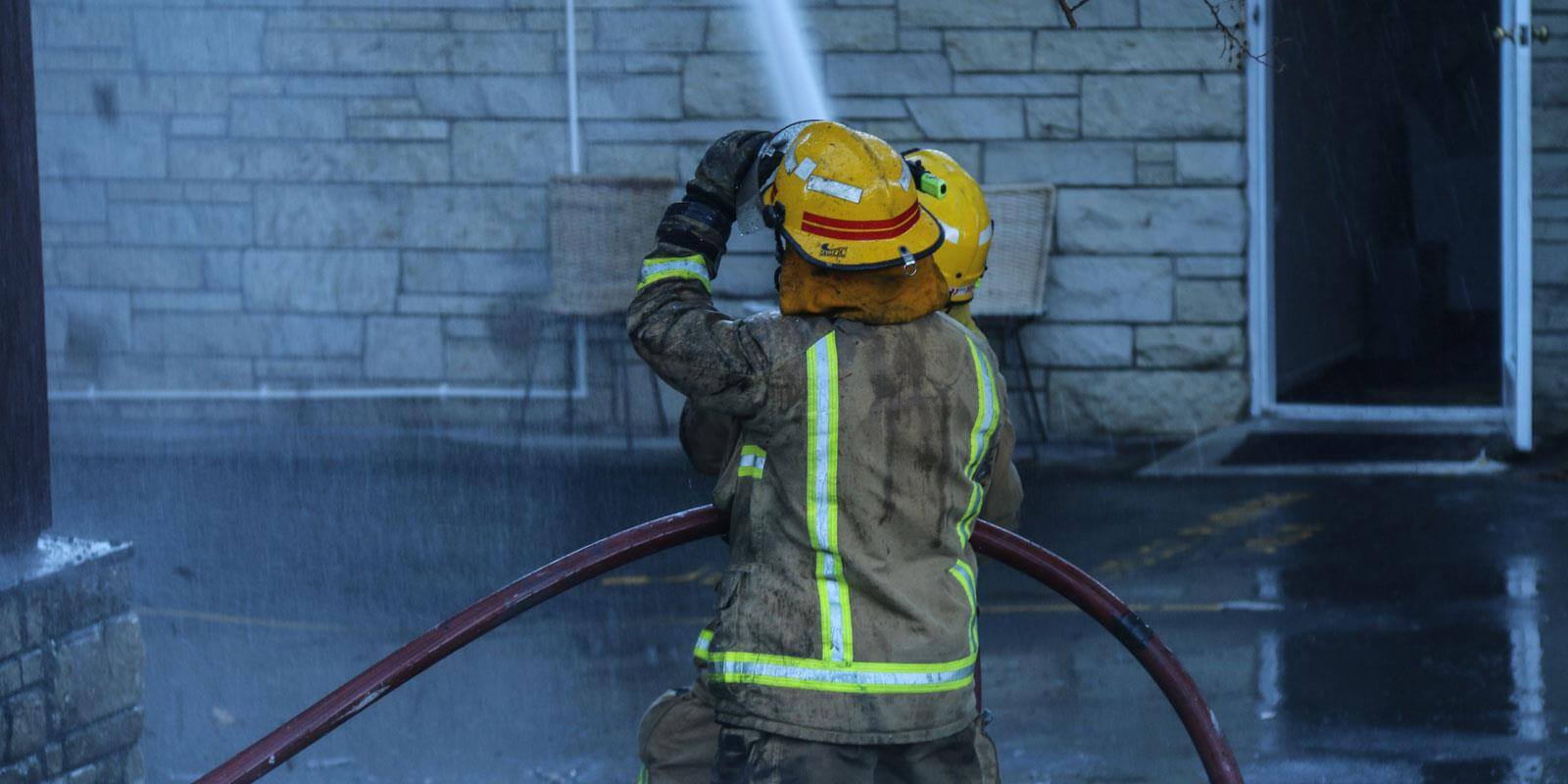The NZPFU has been continuing to pursue safer hose testing practices as a result of the serious injury suffered by an Auckland firefighter earlier this year.
As a result FENZ has updated the interim national notice with a new revised procedure for pressure testing hose. In addition, for more detailed assistance a hose test quick guide has also been developed.
These are still interim procedures while the hose testing manual is reviewed and updated which may take some time. The hose testing manual has been removed from the portal to avoid confusion.
The NZPFU agrees to the recommencement of ongoing hose testing provided the new interim procedures are strictly adhered to:
- All those undertaking hose testing are trained in the new revised hose testing procedures before commencement of any hose testing.
- That the hose testing rig has a permanent sign listing the correct annual test pressures.
- That before any hose testing commences the hose test rig and tethers are checked for any physical wear and tear or damage, the hose testing rig is checked to ensure all valves open and close correctly, that the pressure gauge is readable and the hose testing signage is in place. Do not continue if there are any concerns about the equipment.
- A safety offer is designated to oversee the safety procedures and to ensure that no personnel is within 10 metres of a pressured hose. No one is to approach the hose post the testing until the safety officer has declared it safe to do so.
- Warning signage with a minimum 10 metre clearance from the pressured hose be erected at the hose testing site to keep unnecessary personnel away from the hose testing area, and as a visual reminder for those undertaking hose testing to remain at least 10 metres from the pressured hose.
- That before connected the hose to be tested, check the couplings for wear and tear and damage. Do not continue if there are any concerns about the equipment.
- Run the hose to be tested out in a straight line with no bends or kinks up to 30 metres long. Short feeds can be connected up to a maximum of 30 metres as long as a straight line is achieved.
- Tether the hose to an anchor point.
- Before commencing the testing the pump operator checks with the safety officer that it is safe to commence.
FENZ will be distributing the required signage for the hose testing rigs and warning signage.
If you are unable to strictly comply with the above and attached procedures then do not commence hose testing. If you are in doubt – don’t hose test.
The requirement to run the hose in a straight line up to 30 metres will not be achievable in some stations due to layout and lack of space. Hose testing cannot take place at those stations.
If you have any concerns or questions about the agreed new hose testing requirements then please contact your Local representative or NZPFU representative Greg Lee 07 471 8757.
In unity,
Wattie Watson
National Secretary

